Did anyone out there mention Alocasia? This is one of the most popular plants today, reaching super star status in the botanical world.
And this fame is not for nothing. Alocásia is so exuberant that it can change the face of any environment, alone or as part of an urban jungle.
But before taking this beautiful plant home, check out the following tips and learn how to take care of Alocasia properly.
Alocasia: features and curiosities
Alocasia is a plant of Asian origin, more precisely from the humid regions of Sri Lanka and India. And you there thinking she was Brazilian, right?.
With dark and shiny green leaves, Allocasia stands out because of its white veins, almost silver, well marked and drawn.
The brightness of Alocasia is such that many people think it is a plastic plant, especially when the leaves are younger.
The elongated and pointed shape of the Alocásia leaves is another differential. No wonder the plant also ended up being known as a donkey’s face or a horse’s face. Another popular name for this species is Malay Dagger.
Allocasia has become popular recently with the rise of urban forests, or urban jungles. That’s because the plant is perfect for creating massifs and varied green compositions indoors.
And speaking of indoors, did you know that Allocasia is one of the best plants to grow indoors? That’s right! One more point for this green.
One more thing: Allocasia is toxic. The plant has a substance called calcium oxalate, capable of causing allergies and skin irritation in humans and animals. Therefore, keep it away from pets and children, and be careful when handling it.
Types of Allocasia
Alocasia is a botanical species within the Araceae family. It is estimated that there are currently about 70 variations of Allocasia, between hybrids and naturals. Check out the most popular types of Allocasia below:
Amazon Allocasia
Despite its name, the Amazonian Alocásia is of Asian origin. This species is characterized by the large size of the leaves and the dark and bright green tone.
Allocasia Polly
The Alocásia Polly is another very popular species in Brazil and the main difference in relation to the Amazon is its size. The Alocásia Polly can be considered a mini version of the species.
Allocasia Cucullata
The Alocásia Cucullata has the same shape as the previous species, but with a difference: its leaves do not have white veins and the green tone is lighter and more alive.
Allocasia Odora
The Alocásia Odora is one of the biggest ones that exist. Its use is generally limited to landscaping, given the size and speed of its growth. The leaves are also different, as this species does not have veins in contrast to the green.
Black Velvet Allocasia
Alocásia Black Velvet is a dream for anyone who is passionate about plants. The differential of this species is in the darkened, almost black, tone of the leaves. Not to mention the soft and velvety texture, making the species even more exotic and attractive.
How to take care of Allocasia
Alocasia is an easy plant to grow, but that doesn’t mean it doesn’t need care. Check out below all the tips to avoid making mistakes in your Alocásia cultivation:
planting and soil
The first step in planting Allocasia in pots is to get the size of the container right. Choose one that is at least twice the size of the plant’s current clod.
Start by making the drainage layer. To do this, place gravel, expanded clay, charcoal or even chopped Styrofoam pieces at the bottom of the vase. On this layer, place a piece of bidim blanket so that the soil does not “escape” during watering.
The next step is to make a small lining with sand to ensure the soil is aerated. Then prepare the soil with one part soil and one part substrate. Place the plant in the center of the pot, gently squeezing to secure the roots.
Fill the pot with earth and you’re done. Alocásia can now go to the definitive location.
Lighting and temperature
Alocásia is a typical plant of tropical forests, therefore, it is used to receive indirect light, that is, that which passes through the larger trees and reaches it in a soft and diffuse way.
Because of this, the ideal is that Allocasia is cultivated in an environment with good light, but without direct sunlight, since the hot rays of the sun can burn the leaves.
Alocasia also prefers the heat and that hot, humid climate typical of tropical forests. For her, the ideal temperature should be above 18ºC, less than that, the plant is already starting to show signs that it is not going well, especially if the thermometers register temperatures lower than 12ºC. In this case, the cold can be fatal to Allocasia.
Another important detail: Allocasia does not like winds. Avoid keeping the plant under strong air currents.
watering
Allocasia likes water, but you don’t need to soak the vase. In summer, it is recommended to water the plant two to three times a week or whenever you notice dry soil. In winter, the spacing between waterings can decrease, reaching just one or, at most, twice a week.
However, the leaves need moisture. In this case, always spray water on the surface of the leaves, preferably in the morning.
Fertilizing
Alocásia is not a demanding plant when it comes to fertilization. It can be fertilized with organic compounds or chemical preparations such as NPK 10-10-10.
The fertilizer should be offered in the spring to autumn months, avoid the winter months, when the plant goes into dormancy.
Also, it is worth remembering that at this time it is normal for the plant not to have new leaves. Buds start to appear again only in spring.
Pruning
Alocasia does not need pruning. The only precaution is to remove the old leaves that tend to turn yellow and dry over time.
pests
Resistant, Allocasia is almost never attacked by pests. The most that usually happens to the plant is the incidence of small mites that create webs around the leaves. If you notice these webs, wash the leaves under running water. To avoid mites, keep the leaves moist.
Allocasia in decor and landscaping
Alocásia is perfect for creating indoor compositions in the best urban jungle style. It looks beautiful alongside other species of foliage, such as adam’s ribs and ferns.
But Alocásia also has the potential to be the highlight of the decoration when used alone on tables and sideboards. In this case, take care in choosing the vase to further enhance the plant.
And to be seen in the best possible way, the tip is to place the Alocásia at eye level, since the main highlight of this plant are the leaf ribs in contrast to the green.
In outdoor areas, such as gardens and flowerbeds, Alocásia can be planted in companies of the same species or alone, especially in tropical landscaping proposals. Just remember to protect it from the sun.
Check out 30 ideas on how to use Alocásia in decoration:
Image 1 – Alocásia Polly: the smaller and compact sheets are perfect for indoor environments.

Image 2 – Allocásia Zebrina: another species of the genus that is successful.
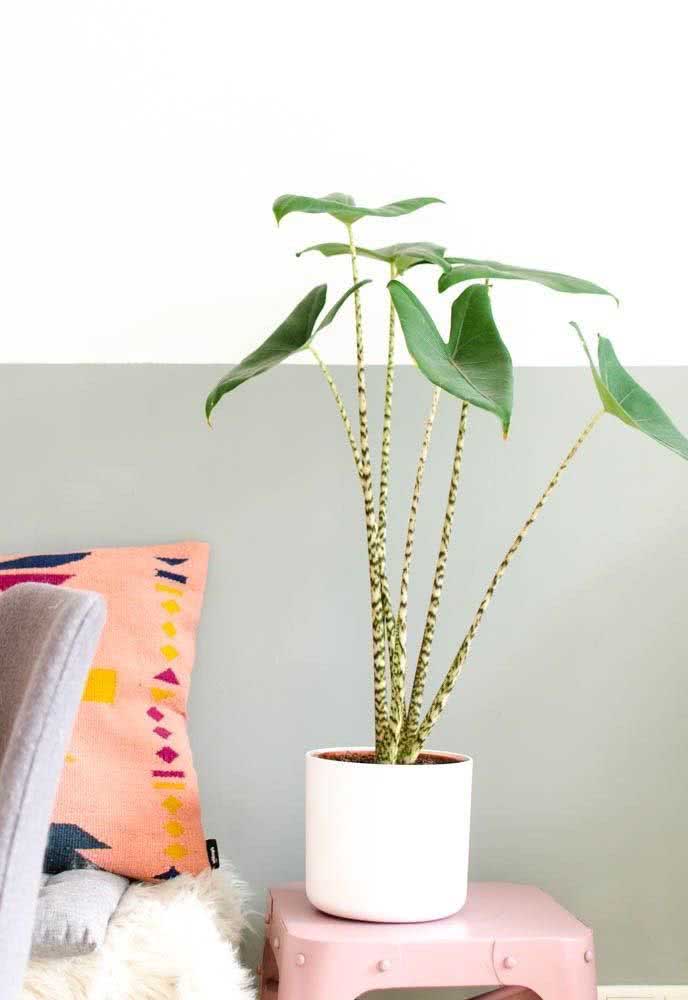
Image 3 – Urban jungle in the room with Allocásias, palm trees and Adam’s ribs.

Image 4 – The green background of the wall brings even more drama to the Allocasias in the golden vase.
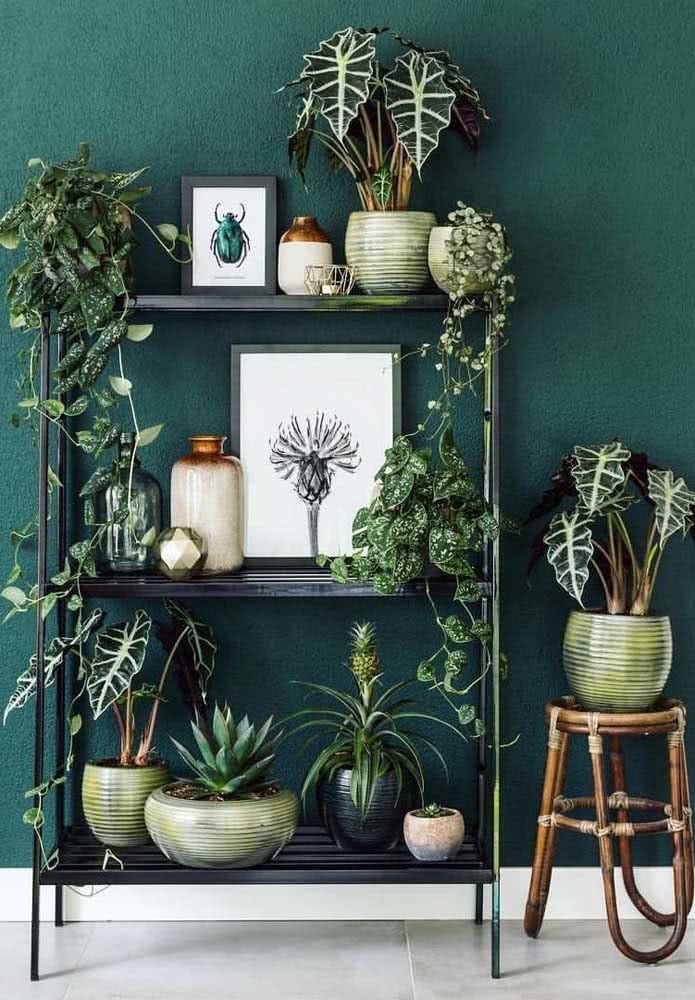
Image 5 – Trio of zebrinas!

Image 6 – Comfortable and bright next to the sofa.
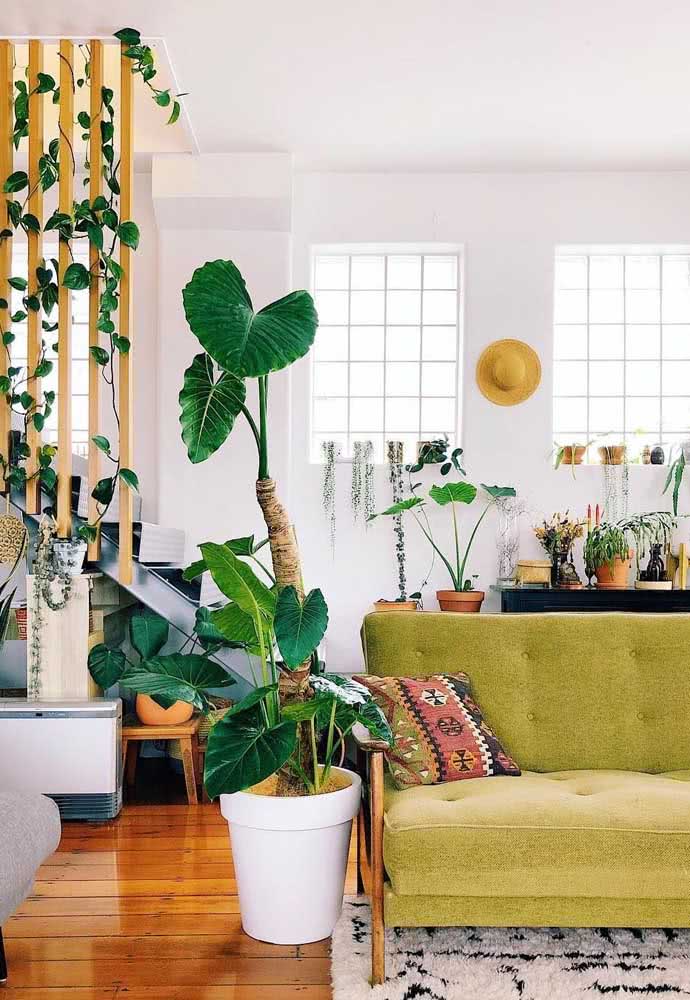
Image 7 – Lush leaves to fill the decor with life.
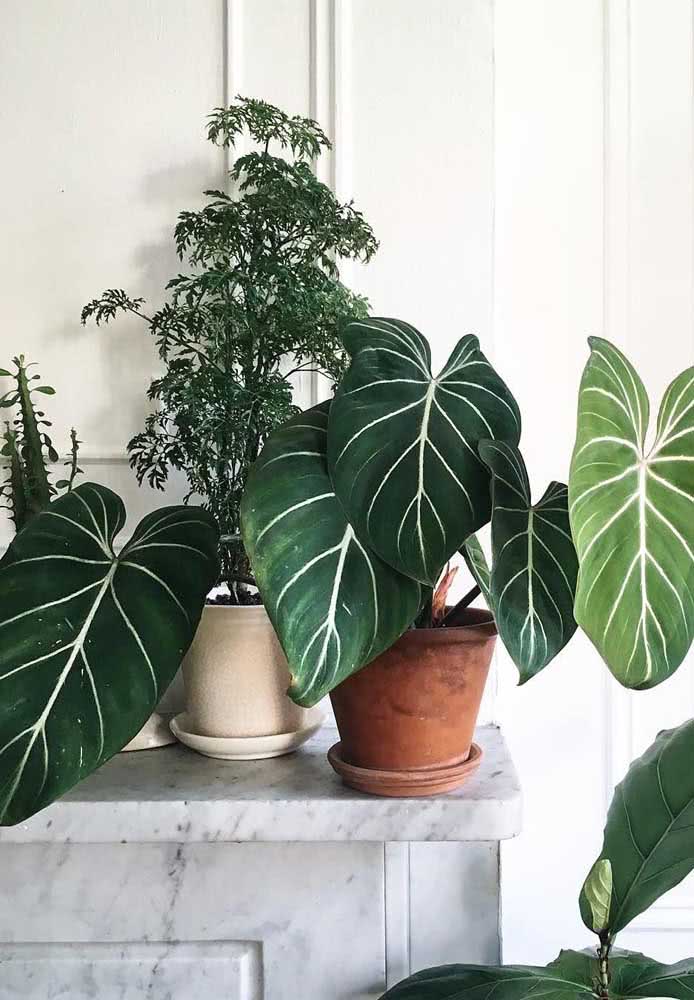
Image 8 – Room decoration with Alocásia Polly.
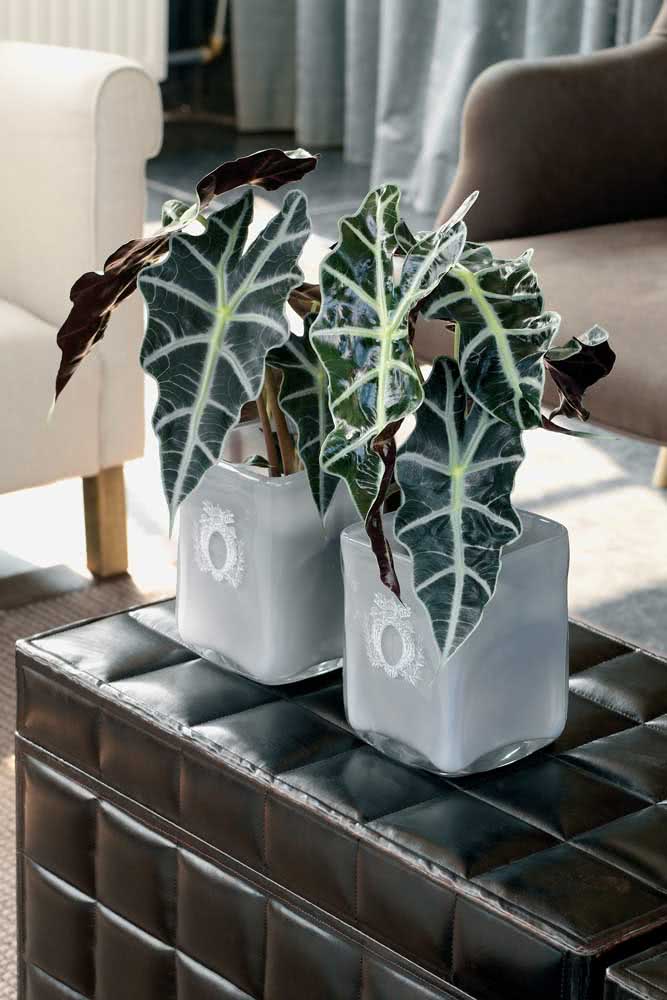
Image 9 – Alocásia Black Velvet for those who want to reach the level of ostentation.
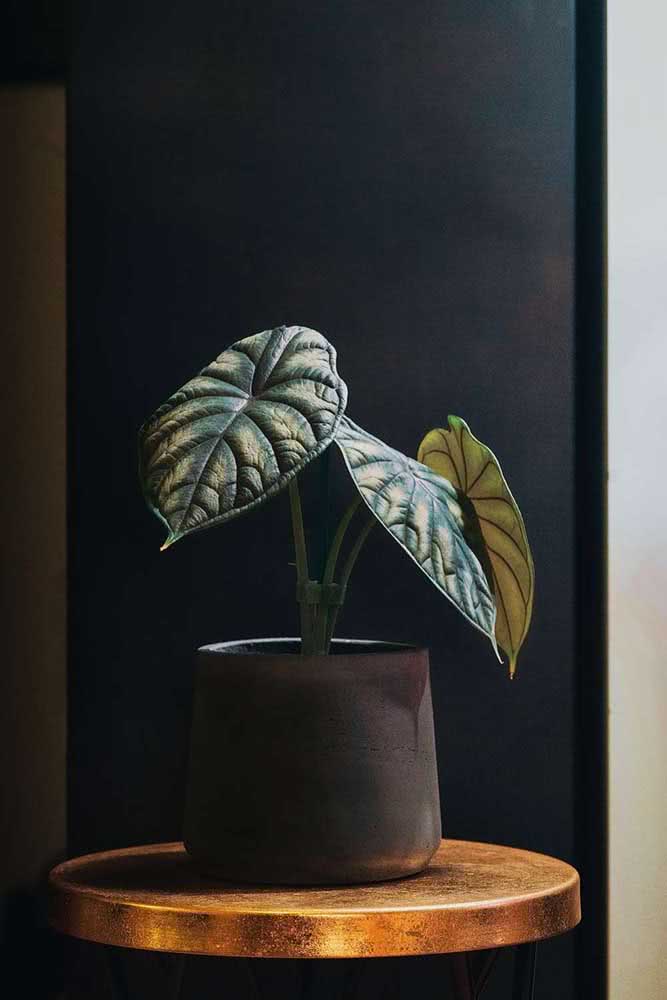
Image 10 – This Alocásia is a species well known among us Brazilians.

Image 11 – Size in proportion to the beauty!
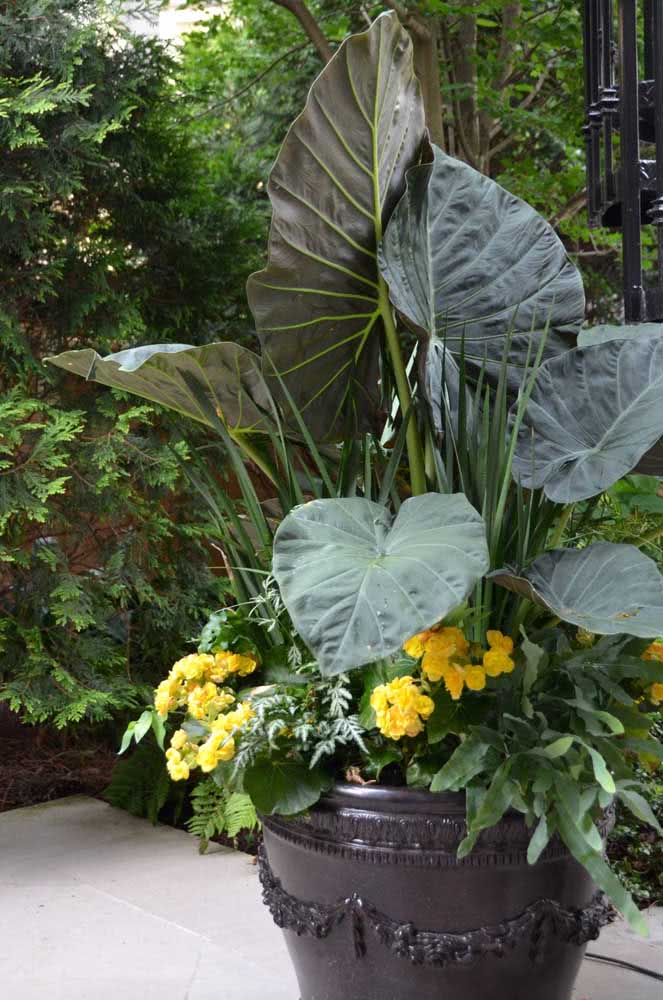
Image 12 – If you prefer light shades of leaves, choose Alocásia Cucullata.
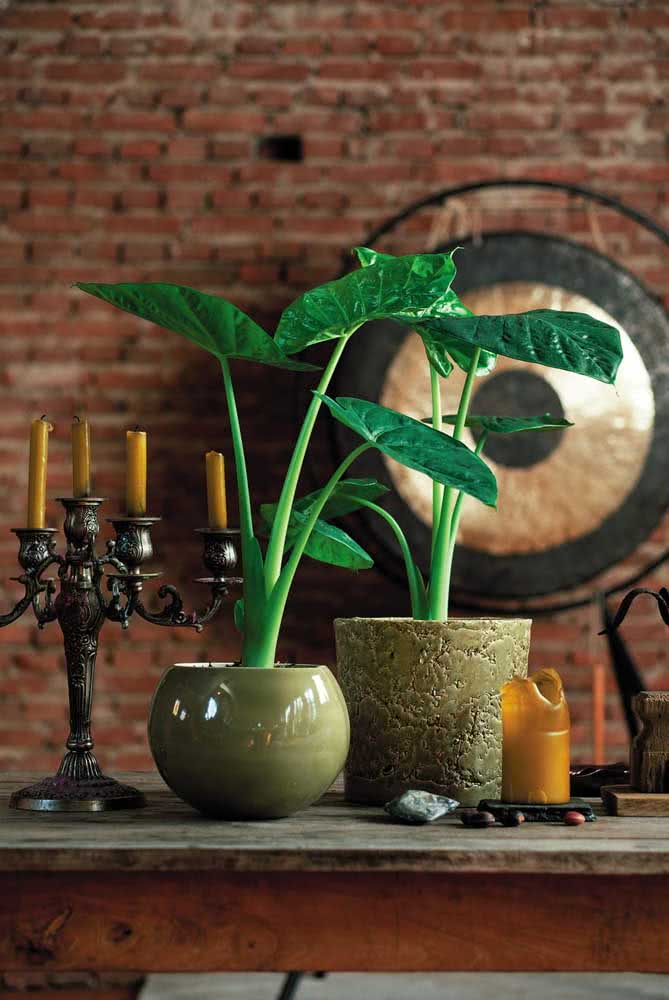
Image 13 – A natural fiber scarf to make Alocásia even more beautiful.
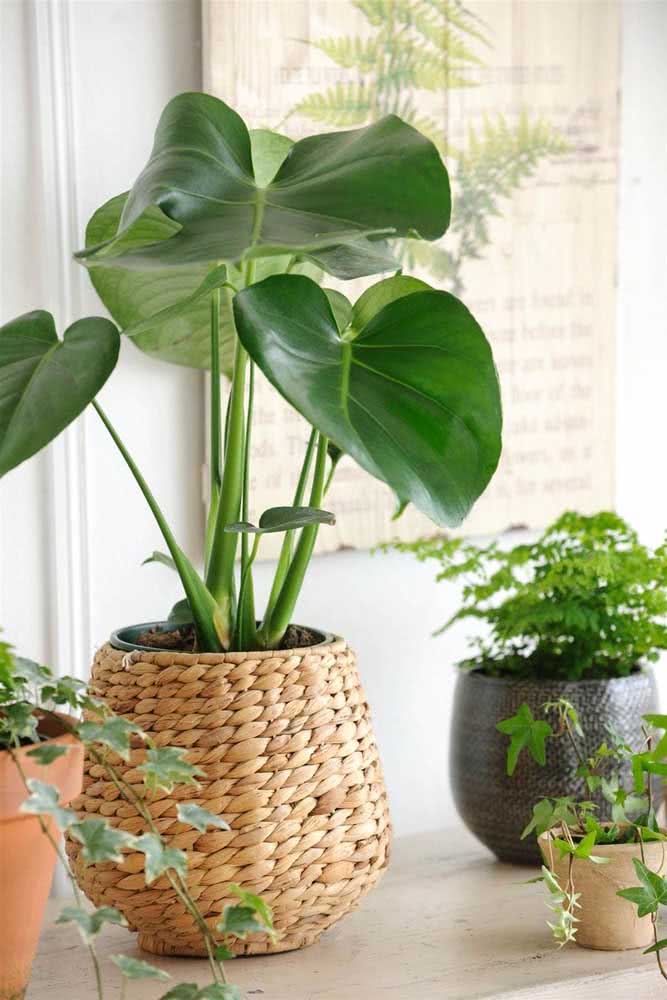
Image 14 – Mom and daughter!

Image 15 – Don’t be impressed by the size, Alocásia grows!
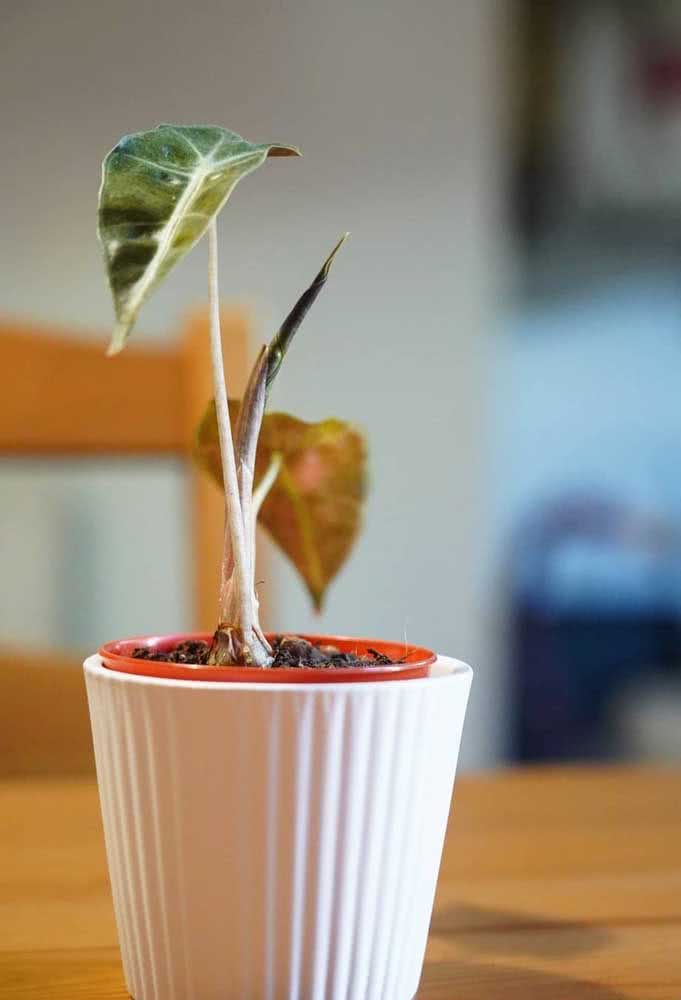
Image 16 – Alocásia Odora: a full-size variety.
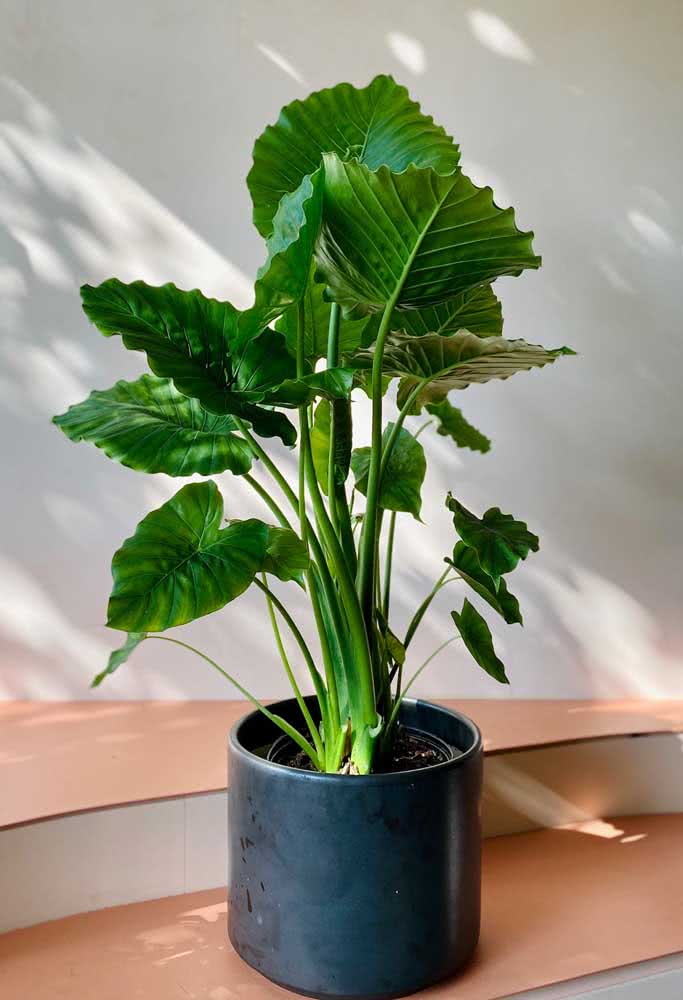
Image 17 – Only her in this room.

Image 18 – Allocasias in the garden.
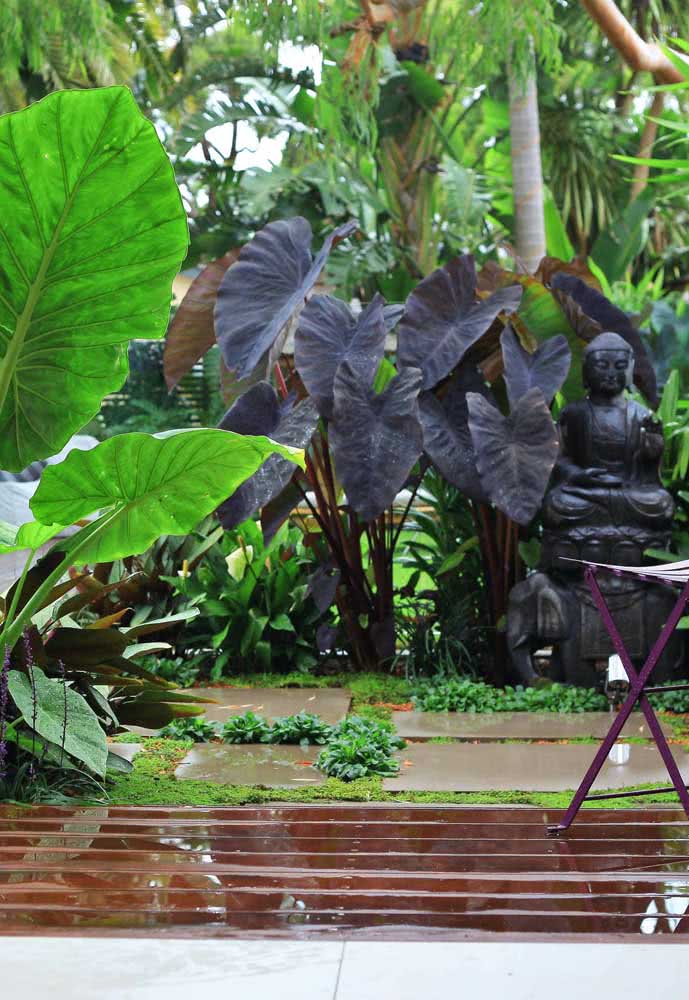
Image 19 – Or if you prefer, skirting the entrance to the house.
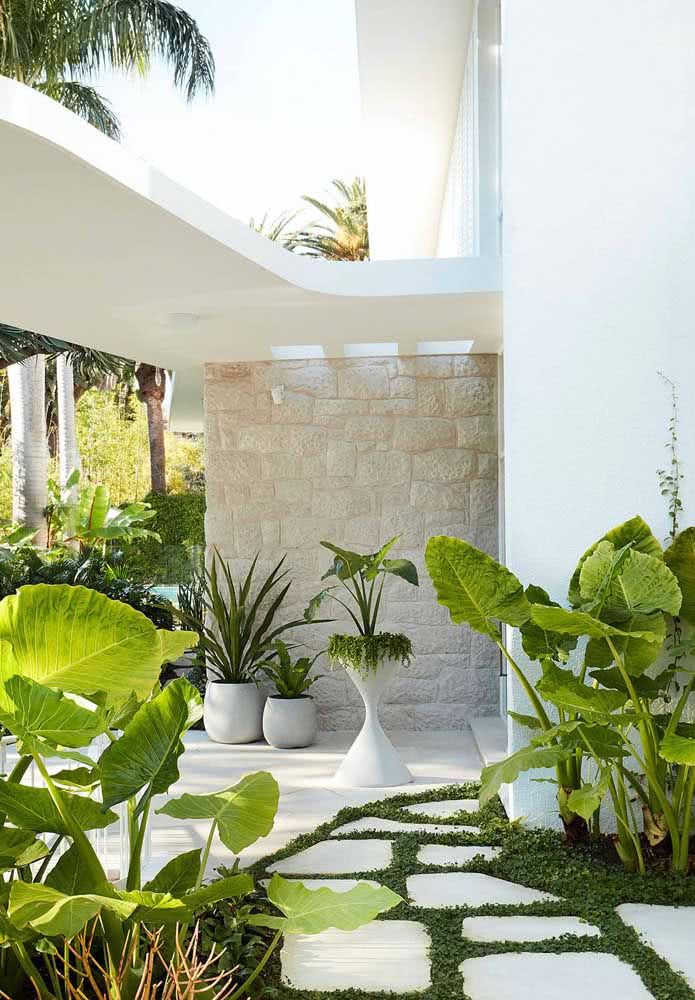
Image 20 – Allocasia in large size alongside smaller species.

Image 21 – And what do you think of cultivating suspended Alocasia?
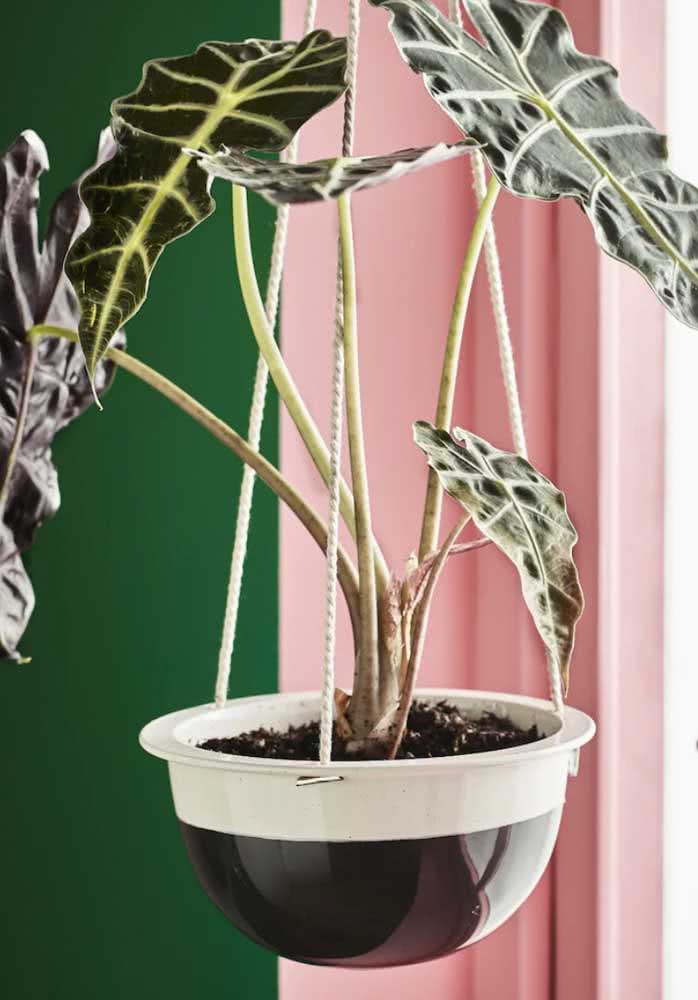
Image 22 – A luxury the leaves of the Black Velvet Alocasia.
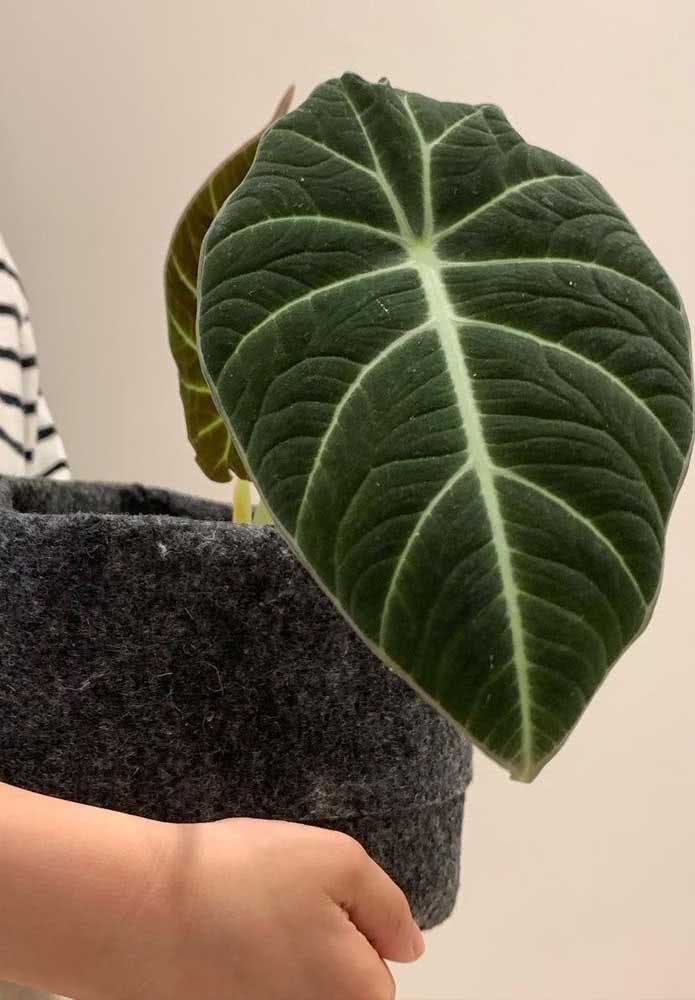
Image 23 – It looks like plastic, but it isn’t!
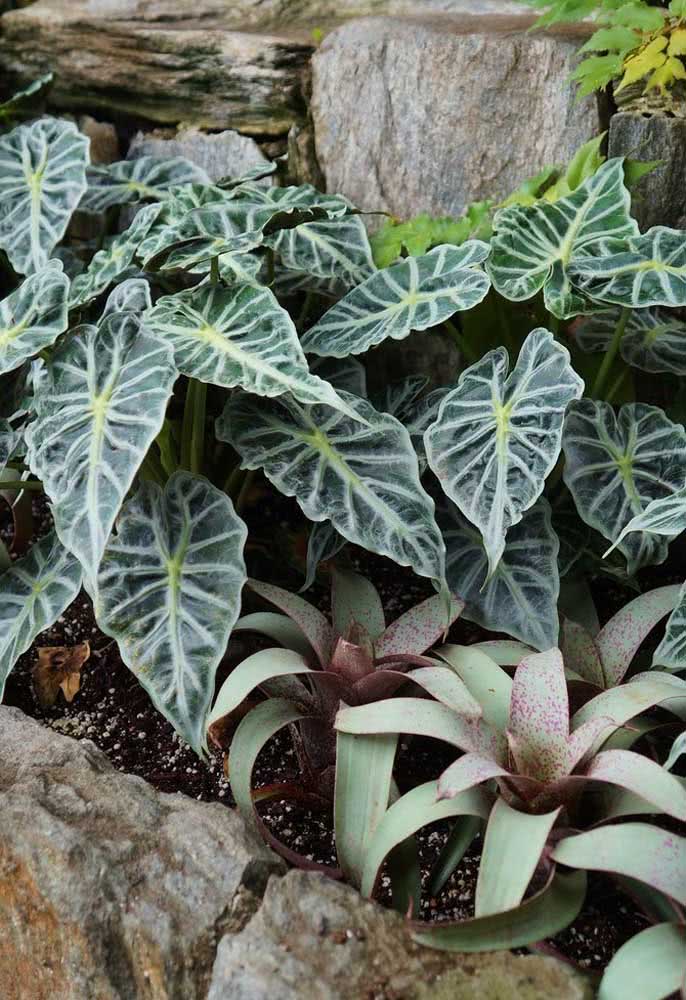
Image 24 – For those who appreciate plants in giant versions.

Image 25 – Here, the clay vase makes a beautiful contrast with the Allocásia.
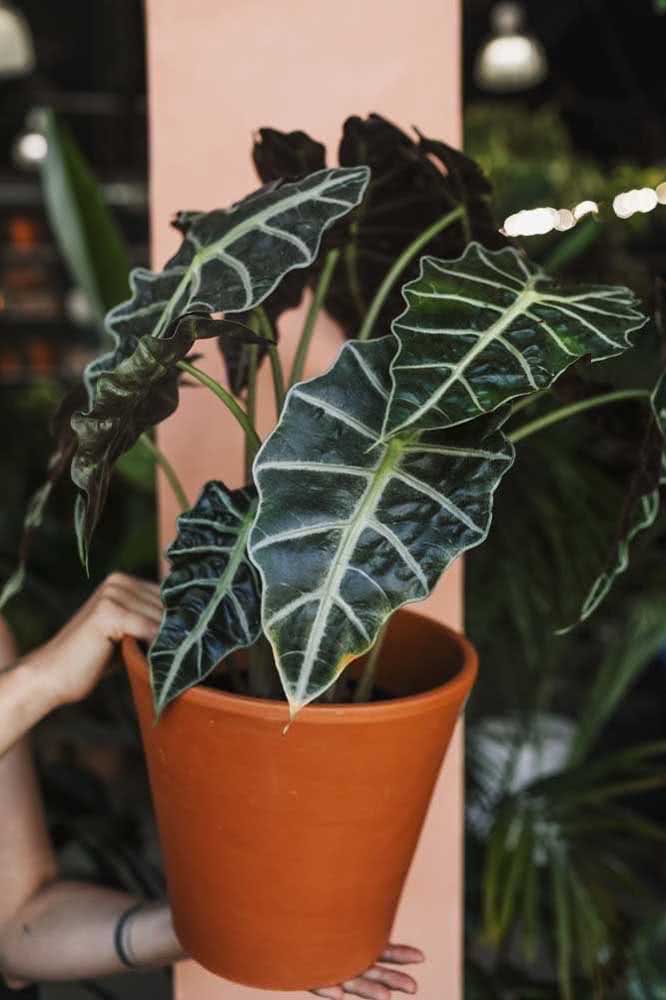
Image 26 – In this room, the Alocásia Amazônica is displayed over the closet.
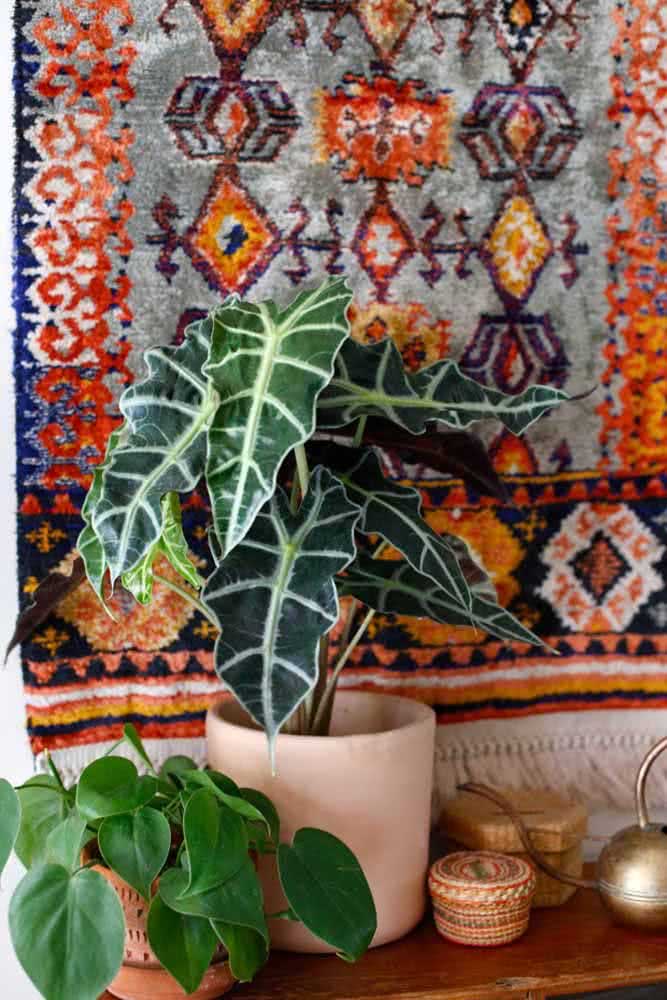
Image 27 – A touch of humor and relaxation for Alocásia.

Image 28 – The bigger the vase, the more Allocasia grows.
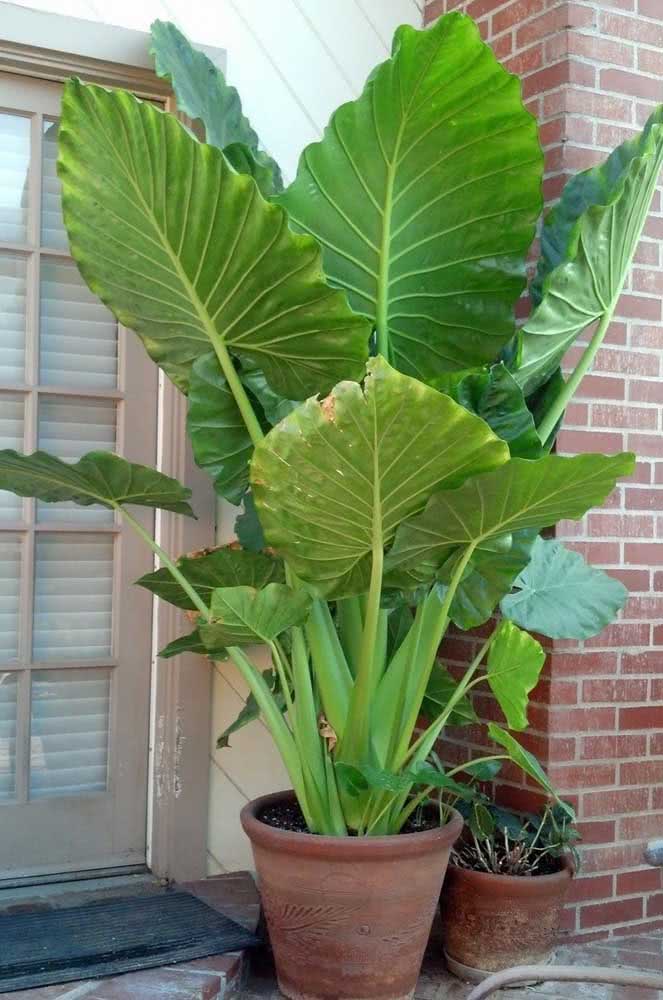
Image 29 – Giant clump of Alocasia for the tropical garden.
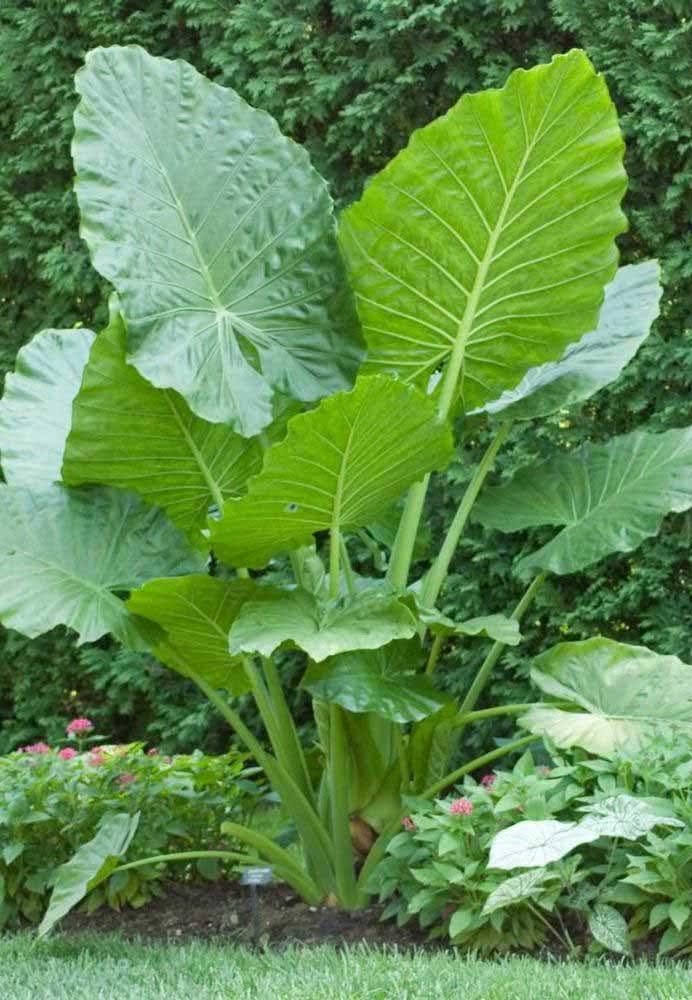
Image 30 – An injection of excitement in the decoration of the work table.




